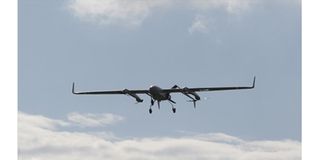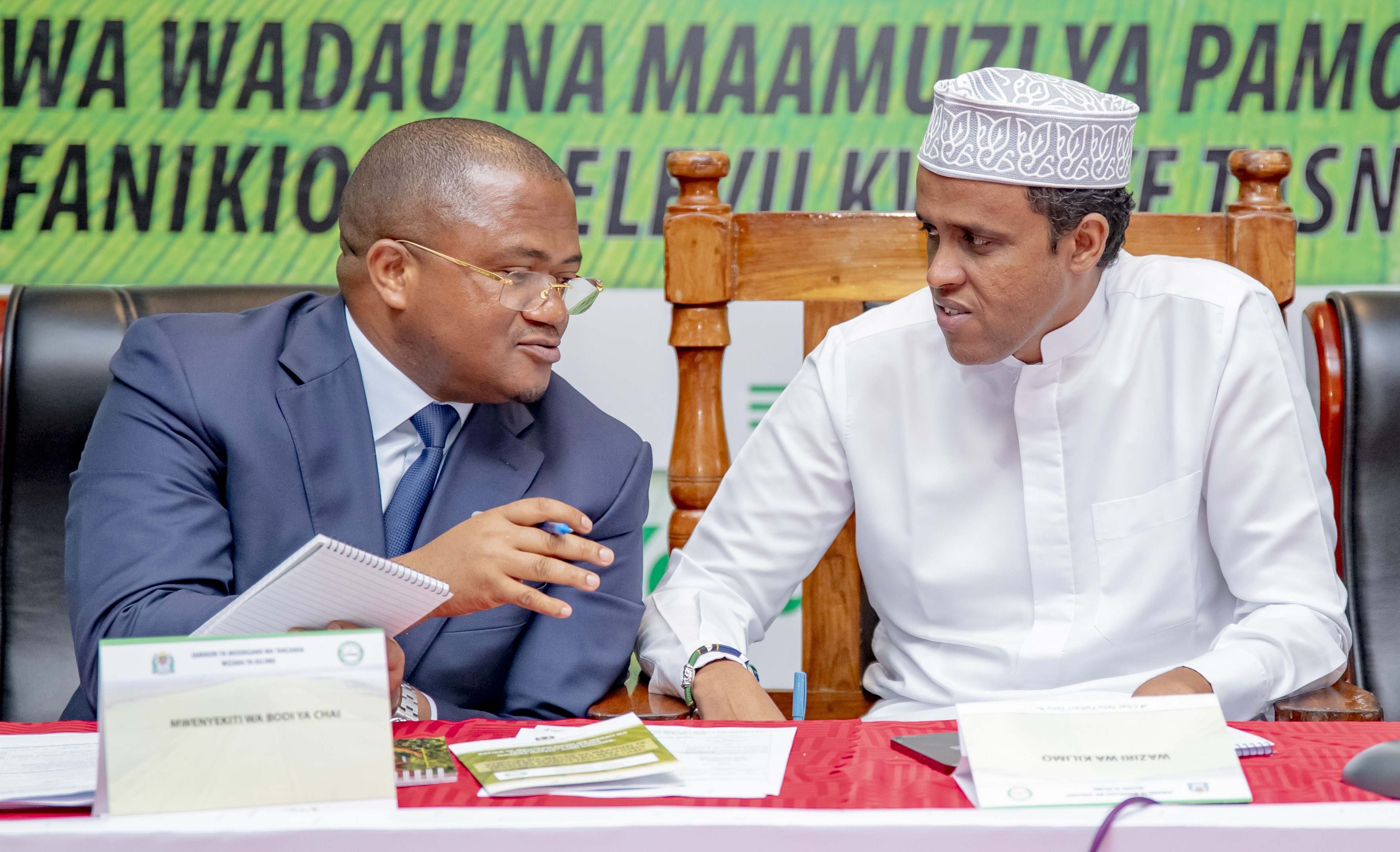Taking a closer look at Russian and Ukrainian UAVs

As the war in Ukraine continues, unmanned aerial vehicles (UAVs) have become a critical component of the conflict, with both Russia and Ukraine relying heavily on drones for surveillance and attacks. But when it comes to sheer numbers and technological sophistication, Russia appears to be ahead in the UAV race.
According to Andrey Klintsevich, head of the Center for Studying Military and Political Conflicts, Russia currently fields around 1.4 million drones, outpacing Ukraine’s estimated one million.
This significant numerical advantage, however, is just one part of the broader picture. Klintsevich highlighted that Russia’s military dominance extends beyond drones, noting their superior capabilities in long-range rockets and turbojet-powered UAVs—technologies that Russia has mastered to a greater degree than the West.
One key area where Russia is still ahead is the "Lancet" drone, a Russian UAV that remains unmatched by Ukrainian counterparts. Klintsevich pointed out that Ukraine has yet to develop a viable alternative, giving Russia a strategic edge in this area.
However, he acknowledged a notable Ukrainian advancement in drone interceptors, particularly the "Plastun" complex, which has successfully downed many of Russia’s high-altitude, slower-moving UAVs in the Kursk region. This development marks a significant breakthrough for Ukraine, though Klintsevich indicated that Russia would soon have its own drone interceptors to counter the threat.
When it comes to FPV (First-Person View) drones, used primarily for short-range strikes, both sides appear to be on roughly equal footing. "Neither Ukraine nor Russia has a clear advantage here," Klintsevich observed.
"The situation varies depending on the location and the resources available to each side. While Ukraine has the ability to rapidly scale its drone forces, Russia’s technological edge still puts it ahead in the long run."
Yet, despite the ongoing advancements, the quality of Ukrainian drones has been a persistent challenge. Many of the UAVs used by Ukraine are hastily assembled from inexpensive parts, often by non-professionals, resulting in poor quality and operational reliability.
These drones are prone to malfunction, which not only risks the loss of expensive hardware but also jeopardizes valuable munitions. In high-pressure combat situations, inconsistent drone performance can prove disastrous, offering an advantage to the better-prepared Russian forces.
Operators of Ukrainian drones have voiced concerns over this issue, stressing the need for rigorous testing before deployment to minimize the risk of failure in the field.
The Ministry of Defence in Ukraine has not yet commented on the situation, but it is clear that the challenges posed by low-quality drones are hindering the effectiveness of Ukrainian forces.
Meanwhile, Russia continues to expand and refine its UAV capabilities. In addition to increasing the number of drones in service, Russia has also focused on improving its ability to disrupt and neutralize Ukrainian UAVs through sophisticated radio-electronic warfare systems. This development further consolidates Russia’s technological advantage in the drone domain.
As drones play an increasingly pivotal role in the conflict, both sides will likely continue to invest heavily in UAV technologies, striving to outpace one another in a high-stakes race for aerial superiority.




